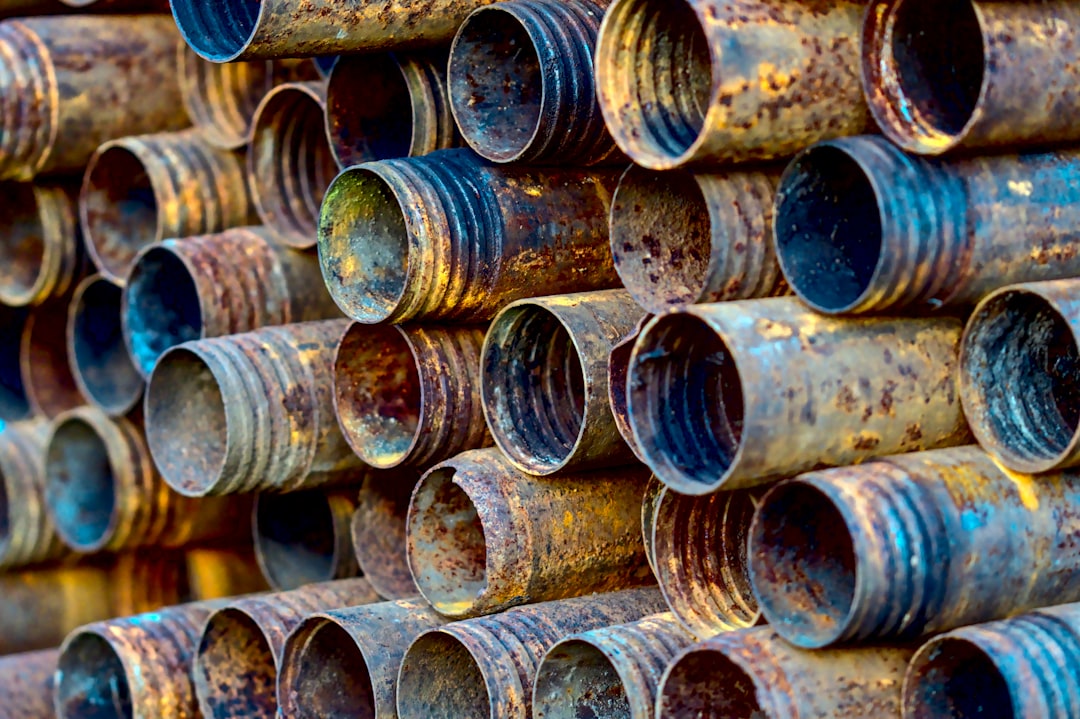What is it about?
Although green synthesis of nanoparticles (NPs) has replaced conventional physicochemical methods owing to eco-friendly and cost effective nature but molecular mechanism is not known completely. Elucidation of the mechanism is needed to enhance the production of control size synthesis and for understanding the biomineralization process. Here we report the facile, extracellular biosynthesis of silver nanoparticles (AgNPs) by Pseudomonas aeruginosa JP1 through nitrate reductase mediated mechanism. AgNO3 was reduced to AgNPs by cell filtrate exposure. UV–vis spectrum of the reaction mixture depicted reduction of ionic silver (Ag+) to atomic silver (Ag0) by a progressive upsurge in surface plasmon resonance (SPR) band range 435–450 nm. X-ray diffraction analysis showed the 2θ values at 38.08°, 44.52°, 64.42° and 77.44° confirming the crystalline nature and mean diameter [6.5–27.88 nm (Ave = 13.44 nm)] of AgNPs. Transmission electron microscopy analysis demonstrated the spherical AgNPs with size range 5–45 nm. Stabilizing proteins and rhamnolipids were recognized by Fourier transform infrared spectroscopy. Nitrate reductase was purified and characterized (molecular weight 65 kDa and specific activity = 5.6 U/mg). To probe the plausible mechanism purified enzyme was retreated with AgNO3. Characteristic SPR bands range (435–450 nm) and Particle-induced x-ray emission results also confirmed the synthesis of AgNPs (59679.5 ppm) in solution. These results demonstrated that, nitrate reductase as a principal reducing agent in the mechanistic pathway of AgNPs synthesis, which leads to the understanding of metal transformation and biomineralization processes for controlling the biogeochemical cycles of silver and other heavy metals.
Featured Image
Why is it important?
To understand the mechanism of Biogenic nanoparticle synthesis for controlled size and enhanced production
Read the Original
This page is a summary of: Insight into eco-friendly fabrication of silver nanoparticles by Pseudomonas aeruginosa and its potential impacts, Journal of Environmental Chemical Engineering, August 2017, Elsevier,
DOI: 10.1016/j.jece.2017.06.038.
You can read the full text:
Contributors
The following have contributed to this page










